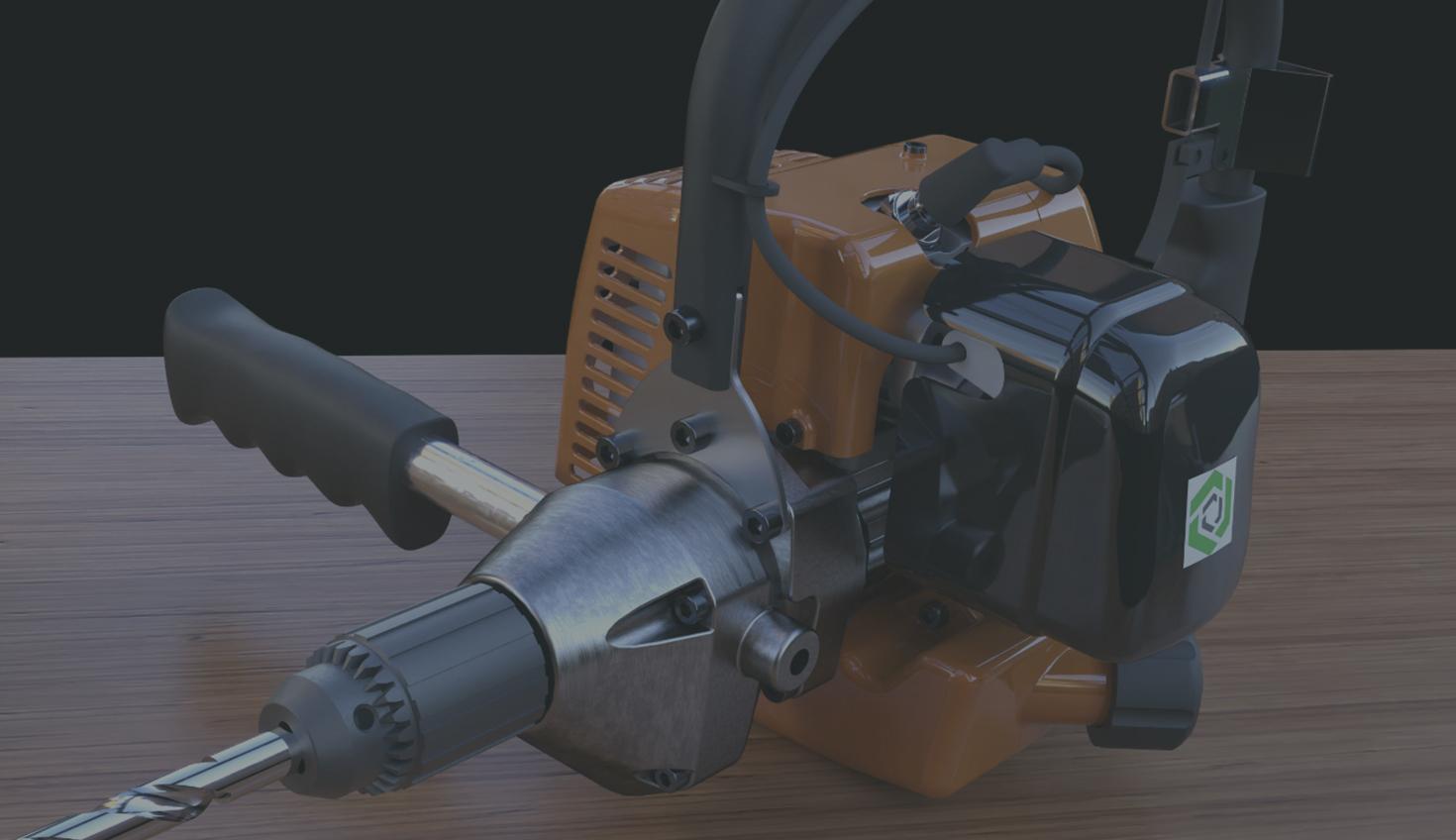
3:57
Applying decals in Onshape Render Studio might seem intricate initially, but with some handy tips and tricks, you can streamline the process and achieve precisely the desired results.
This is a step-by-step guide with expert insights to make decal application easier.
Model Preparation
Before diving into Render Studio, ensure your model is ready. Consider creating a face with a slight depth (e.g., 0.1 mm) above the main face where the sticker will be applied. This adds realism to sticker edges.
Sticker application in Render Studio:
- In your Part Studio, select the face where you want to apply the sticker.
- Navigate to the Appearances library and filter for “sticker”.
- Drag and drop the “Add Simple Sticker” appearance onto the selected face.
- Choose "Assign to face" from the context menu.
- In the Appearance panel under the Global submenu, set the Sticker mask to 1.000.
- In the Appearance library, filter for “file”. Then, drag the Bitmap texture and drop it over the Sticker color. This allows the selection of a file to be used for the sticker.
Utilizing Projectors
Understanding the diverse projector options available in Onshape Render Studio can significantly enhance your flexibility in positioning decals within your models. Depending on your specific needs and preferences, certain projector options may prove to be more effective than others.
Learn more about each projector type to explore their unique capabilities and advantages:
World Projection
When utilizing the World projection option in Onshape Render Studio, the texture remains fixed in the world space regardless of any transformations applied to individual objects.
This means that if objects are moved or rotated within the scene, the texture will remain stationary relative to the world coordinates. World projection is particularly useful when you require consistent positioning of the texture across various objects within the scene, allowing for dynamic adjustments without affecting the texture's placement.
UVW Projection
The UVW projection option in Onshape Render Studio utilizes the texture coordinates inherent in the underlying geometry of the objects. This means the texture stretches to fill the surface it’s applied to.
UVW projection can be advantageous when the surface geometry already defines the bounds of the desired texture area. However, setting the projection type to planar for optimal results is essential, as this ensures coherent texture mapping across surfaces without distortion.
Object Projection
In contrast to World projection, Object projection takes into account the transformations applied to individual objects within the scene. This means that the texture sticks to the object itself and moves with it as it undergoes transformations such as translation or rotation. Object projection is beneficial when you need precise alignment of the texture relative to specific objects, especially if multiple instances of the same object with consistent texture alignment are present within the scene.
Note that the position of something in a Part Studio is not considered a transform since everything in a Part Studio is modeled in place and not transformed, so this only applies to Assemblies, which allow you to transform things.
Applying Projector:
- After loading the decal file, navigate to the Selection panel.
- Click on "uv_projector_inst" in the projector menu. This action opens the Projector submenu, where a Projector function setting is applied.
- Click on the Projector function link.
- The Global submenu opens, allowing you to select a coordinate system and projection.
Adjusting Decal Placement
Utilize the Placement options within the file_texture submenu to finetune the decal's position, tiling, offset, and rotation according to your requirements.
Pro Tips:
- When encountering flipped decals, adjusting the tiling factor appropriately can resolve the issue. Employ a negative tiling factor (e.g., -1,1) to achieve horizontal flipping.
- Consider adjusting the scaling to ensure the texture maintains the correct aspect ratio as your image. Square textures simplify this process, eliminating the need for manual adjustments. However, if square textures are utilized, cropping may be necessary within the file_texture function for optimal results.
- A practical approach to streamline the process is to model a surface precisely where the decal is intended, positioning it slightly above the underlying surface to avoid artifacts. Ensure this surface matches the aspect ratio of your texture from the outset. Then, utilize the texture_coordinate_uww with planar projection and adjust the scale if needed to achieve the desired orientation.
By following these steps and leveraging projector settings, you can significantly simplify the decal application process in Onshape Render Studio. This approach ensures precise positioning and orientation, ultimately leading to high-quality renderings.
Refer to the Onshape Help for Render Studio Interface page for more detailed guidance. Happy modeling and rendering!
This Tech Tip guides you through leveraging projectors in Onshape Render Studio to streamline decal applications, enhancing your workflow and enabling precise positioning for professional-quality renderings.
Note: Onshape Render Studio is available for Professional and Enterprise plans.
The Onshape Learning Center
Take self-paced courses, get technical briefings, or sign up for an instructor-led training session.
Latest Content

- Blog
- Becoming an Expert
- Assemblies
- Simulation
Mastering Kinematics: A Deeper Dive into Onshape Assemblies, Mates, and Simulation
12.11.2025 learn more
- Blog
- Evaluating Onshape
- Learning Center
AI in CAD: How Onshape Makes Intelligence Part of Your Daily Workflow
12.10.2025 learn more
- Blog
- Evaluating Onshape
- Assemblies
- Drawings
- Features
- Parts
- Sketches
- Branching & Merging
- Release Management
- Documents
- Collaboration
Onshape Explained: 17 Features That Define Cloud-Native CAD
12.05.2025 learn more



